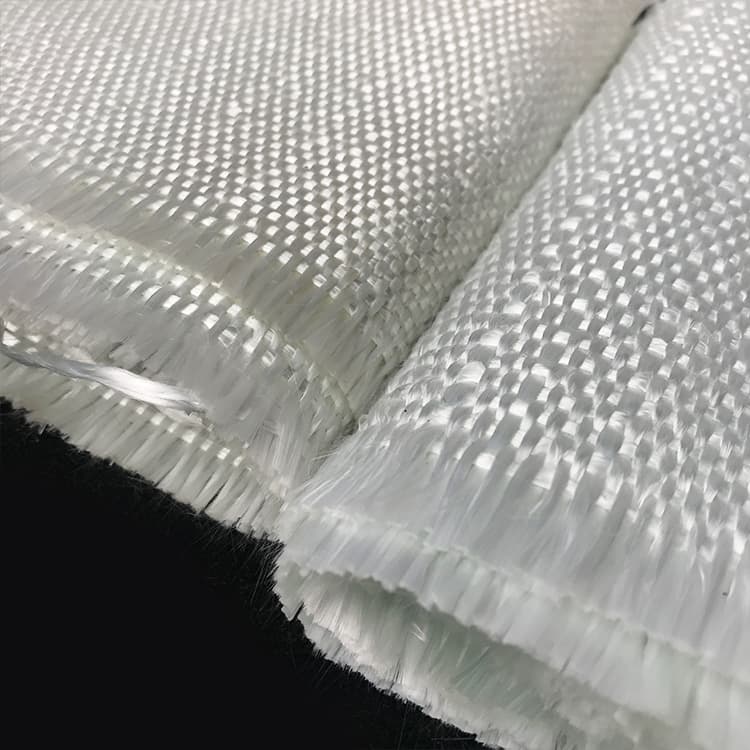Glass fiber cloth, or glass fiber, is a great inorganic non-metallic material. It comes in many types.
Its benefits include:
Good insulation.
High heat resistance.
Strong corrosion resistance.
High mechanical strength.
But it is brittle and has poor wear resistance. Glass fiber is often used to strengthen composite materials.
You can find it in:
electrical and thermal insulation.
circuit boards.
other sectors of the economy.
 Classification:
Classification:
1. Glass fiber has three types: medium alkali, alkali-free, and high alkali. This classification depends on the amount of alkali metal oxides present. Sure, there are other classifications too, but there are too many to name.
2. By manufacturing process: pot drawing and pool drawing.
3. The types include stranded yarn, direct yarn, and shot yarn, etc.
Also, we can classify it by single fiber diameter, TEX number, twist, and sizing agent type.
We classify glass fiber cloth like fiber yarn. It also considers the weaving method, weight, and width.
Features:
1. You can use it in a temperature range from -196℃ to 300℃, and it offers weather resistance.
2. It is nonstick and does not easily adhere to any substances.
3. It resists chemical corrosion. It can handle strong acids, strong alkalis, aqua regia, and many organic solvents.
4. It has a low coefficient of friction and is the best choice for oil-free self-lubrication.
5. Its light transmittance is 6-13%.
6. It has high insulation performance, UV resistance, and anti-static properties.
7. It has high strength and good mechanical properties.
8. It is resistant to chemicals.
 Hongwo Thermal Insulation Material
Hongwo Thermal Insulation Material
 Classification:
Classification:
Scan the QR Code to start a WhatsApp chat with us.